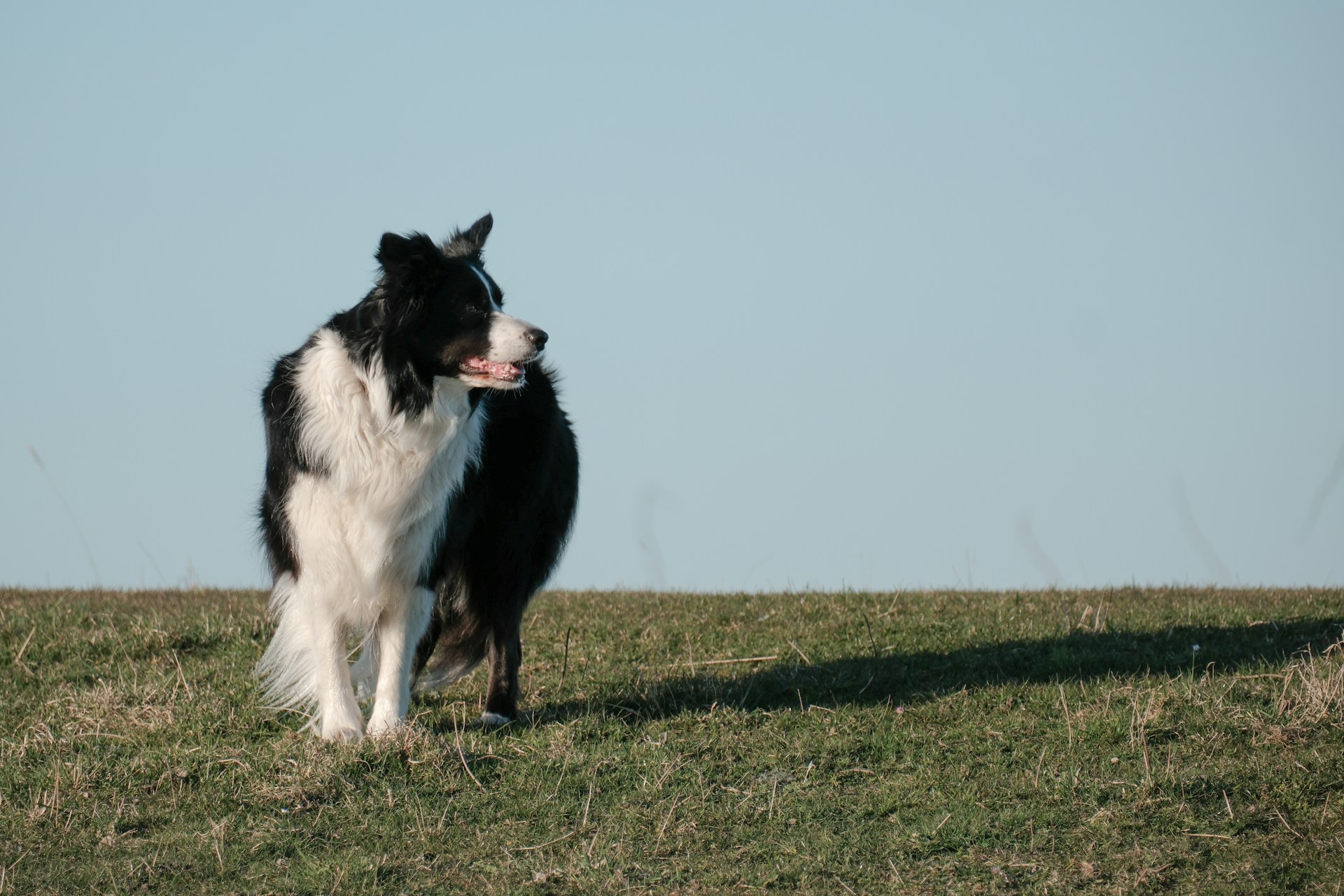Media release
From:
Scientists discover a genetic footprint that helps explain herding dogs’ social, smart disposition
A new study identifies a genetic footprint in dogs specifically bred for herding that supports their mental acuity and keen social skills. This signature – found on an ephrin receptor, which influences behavior and neural activity – helps explain these breeds’ intrinsically sensitive, smart, and focused nature. Herding dogs have distinct behaviors, or phenotypic traits, within the domestic dog species (Canis lupus familiaris). For example, they retain predatory habits such as strategic chasing and eye-staring but have lost the impulse to kill. Now, Hankyeol Jeongand colleagues have uncovered genetic loci altered by selective breeding that contribute to herding dogs’ unique blend of intelligence, instinct, and fine motor skills. They conducted whole-genome sequencing of 12 breeds (consisting of 7 Belgian sheepdogs, 5 Belgian Malinois, 11 Belgian Tervurens, 5 Bouvier des Flandres, 15 border collies, 7 bearded collies, 5 Pembroke Welsh corgis, 5 Shetland sheepdogs, 6 Berger Picards, 5 Australian cattle dogs, 15 German shepherd dogs, and 5 Australian shepherds), as well as 91 non-herding breeds. They looked for genes tied to phenotypic traits defined in a comprehensive database of human genome-wide association studies called the NHGRI-EBI GWAS Catalog. For the herding breeds, Jeong et al.observed positive selection for educational attainment (which they equated with human-assisted problem-solving for dogs) and intelligence. Focusing further on Border Collies, the authors identified adaptations in 8 genes tied to memory retention, motor learning, social interaction, and spatial memory. In particular, EPHB1, which is tied to spatial memory, had many variants across the herding breeds. For example, working-line Border Collies had a distinct haplotype associated with chase-bite motor patterns necessary in the dogs’ specific line of work.
Expert Reaction
These comments have been collated by the Science Media Centre to provide a variety of expert perspectives on this issue. Feel free to use these quotes in your stories. Views expressed are the personal opinions of the experts named. They do not represent the views of the SMC or any other organisation unless specifically stated.
Professor Matt Littlejohn, Professor in Animal Genetics, Massey University, comments:
High-performance farm dogs show exceptional abilities that set them apart from the average pooch, and this study gives some insight into genetic factors that may contribute to that. The study used genome sequence data to ask the question 'what DNA regions do working breeds tend to have in common?' This analysis identified some commonalities across these breeds, and the genes highlighted were known to have roles in brain function. Since working ability is largely behavioural, this finding makes sense and suggests their approach is detecting real associations.
"The study is significant because identifying genes underlying behavioural traits has been notoriously difficult - in both dog and human genetics. By the same measure, these results will need to be validated. Breakthroughs in behavioural genetics have been hard won because the traits are complex, so while the study highlights one gene in particular with a likely role in working behaviour, the next step will be to test the gene in bigger populations and confirm that role.



 International
International



